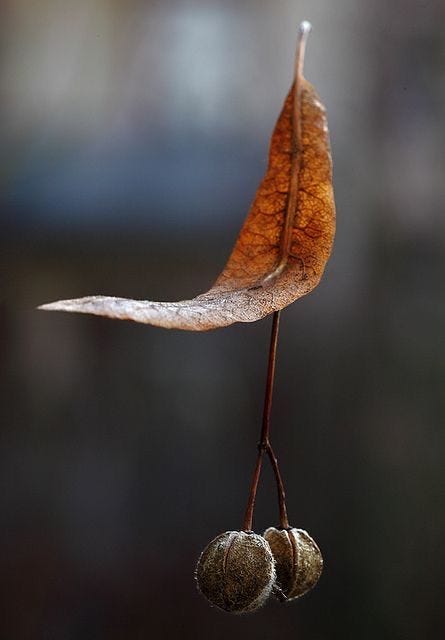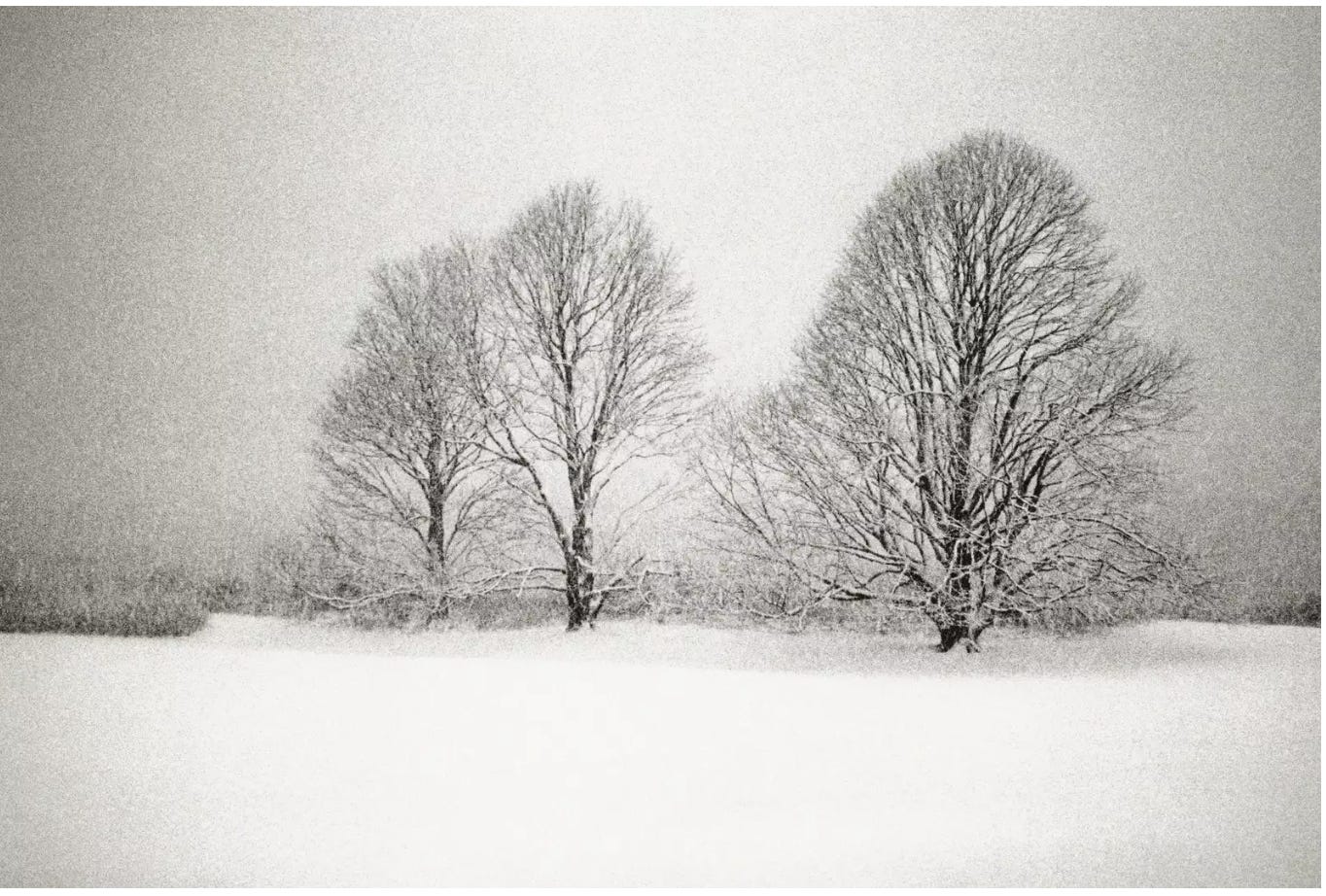The Linden
Proust. New York. Wild Goats.
Hi. I have been typing away and looking out the window of the sliding glass door to the calming green-screen of trees backdrop to my awkward dance of trying to make my children’s book work. It was at this secret urban chaser-residency to my last two retreats that I finally started to wake up to what I am supposed to be doing. Writing a children’s book is not about uncovering magic, or offering up a discovery, or even telling a perfect story. The job, as I’ve started to see it, is to put together words to make the book work. As an instrument. So it isn’t the book, but the readers that uncover the magic, make discoveries, and bring the stories to life. Getting it right means being something like a designer of windows. And after a few days of not quite figuring this out, I decided to walk out the sliding glass doors and get a little closer to that green backdrop. The third floor balcony in this secret writer’s retreat was like being in a tree-fort and getting right up close to the green I saw the unmistakable heart-shaped leaves and their yellow-green bracts and cluster of tiny spherical blossoms just beginning to open and I saw that I was inside the canopy of an old Linden tree. And the tree sent me back.
Last fall I went for a walk with Bonnie Devine. We walked along the edge of Grenadier Pond and she talked about the invasive reeds that grow there, how she liked the process of turning their straight lines into circles by weaving baskets. I liked seeing the park not exactly through her eyes but through the way she walked and looked and talked or was quiet. At the High Park gates where we parted I gave her a few bottles of ink to try and she gave me a medicinal bracelet with little silver turtle on it. What comes back to me now, though, is a linden tree that we both stopped to admire. She mentioned the linden tree in Thomas Mann’s Doctor Faustus. I looked it up and found references to linden trees in several of Mann’s works as well as poems, songs and folktales that go a long way back into hazy German, Polish and other Northern European traditions that associate the linden tree with healing. I even found a recipe for making a sort of war-time chocolate out of its hard little seeds. But there was something else.
In Europe the Linden is better known as a lime-leaf tree. Of course! Proust! I remember being a bit disappointed the first time I tried a Parisian madeleine which seemed kind of stale, spongy, and bland for something that was supposed to be responsible for inspiring the longest, most famous, digression of western literary history. But now I see that it was not the cookie that sparked the memory it was the tea made from the flower of the tree that is now stuck in my mind. Proust puts it best: (emphasis mine)
"And as soon as I had recognized the taste of the piece of madeleine soaked in her decoction of lime-blossom which my aunt used to give me (although I did not yet know and must long postpone the discovery of why this memory made me so happy) immediately the old grey house upon the street, where her room was, rose up like a stage set to attach itself to the little pavilion opening on to the garden...
He goes on of course. With Proust as its sponsor, Linden might be the patron tree of memory. And with Proust in mind, I can’t resist going back one more layer to another Linden tree. Thirteen years ago, on a hot muggy deep-summer day I flew into New York for a peculiar commission that would end up kind of changing my life and work.





